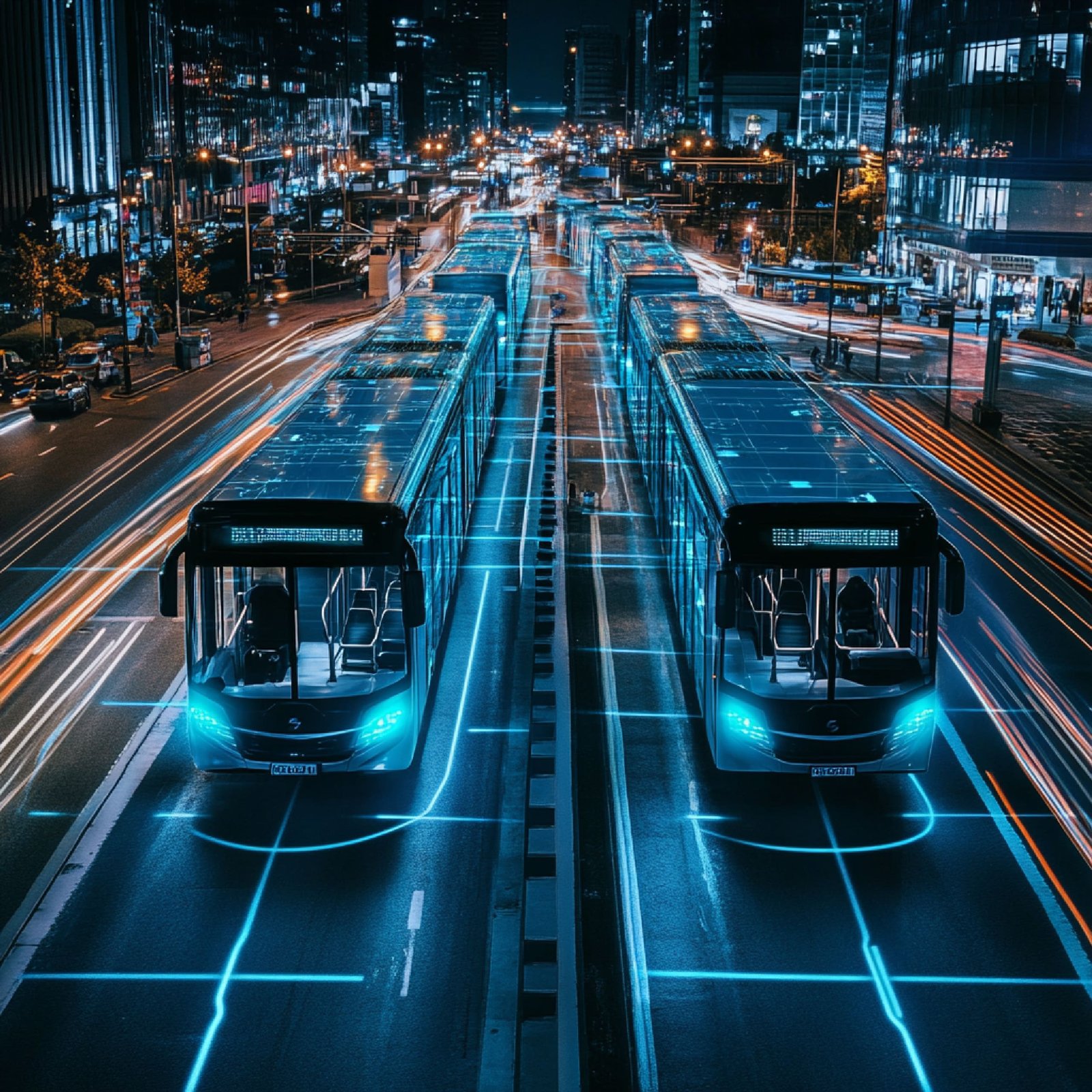
Ridesharing 2.0
Innovations in the Transportation Sector in 2024
Ridesharing is evolving with new technologies and services, reshaping urban mobility and improving convenience, safety, and efficiency for both passengers and drivers.

Ridesharing is evolving with new technologies and services, reshaping urban mobility and improving convenience, safety, and efficiency for both passengers and drivers.

The rise of electric vehicles in ridesharing fleets is reducing carbon footprints, offering a sustainable transportation option in cities worldwide.
Read More
Self-driving cars are changing the ridesharing landscape, offering a safer, more efficient way to travel while reducing human errors and operational costs.
Read More
Advanced algorithms are now being used to optimize ride matching, ensuring faster pick-ups and smoother journeys by predicting demand patterns and traffic.
Read MoreRidesharing 2.0 is a transformative phase in the transportation sector. With the integration of electric vehicles, autonomous driving technology, and AI, ridesharing is set to become more eco-friendly, efficient, and accessible. These advancements aim to reduce traffic congestion, minimize environmental impact, and enhance the rider experience in urban environments.

From electric fleets to AI-powered ride matching, the transportation sector is being reshaped by technology, making commuting more sustainable and efficient than ever.




